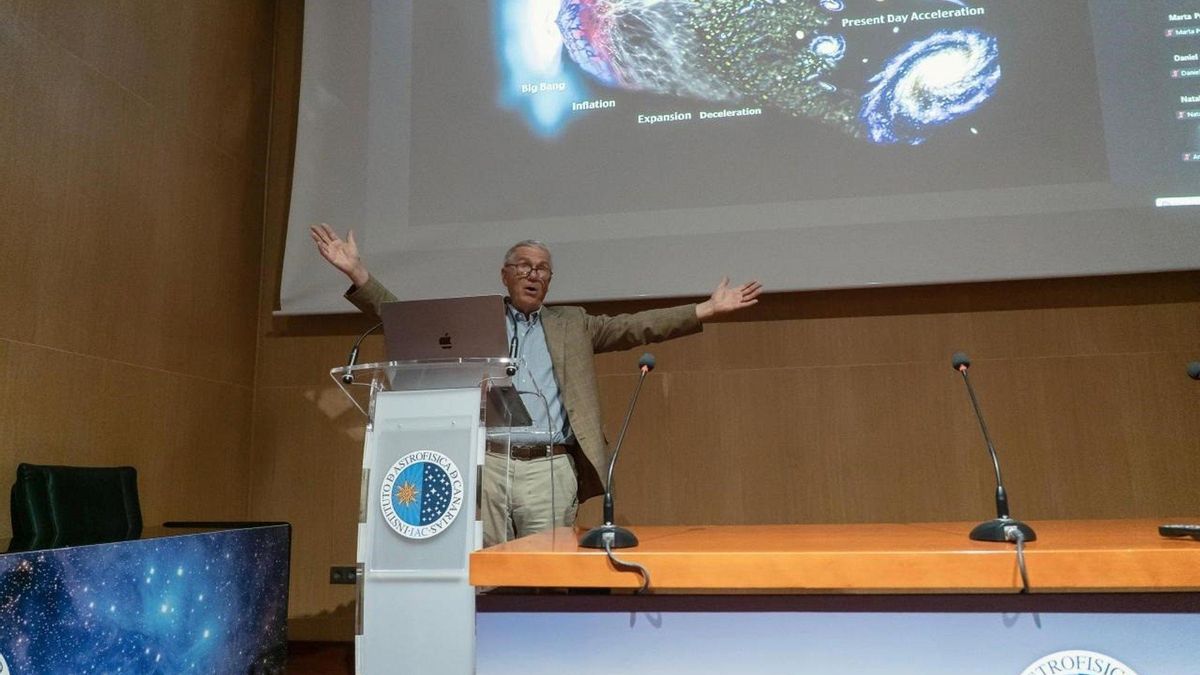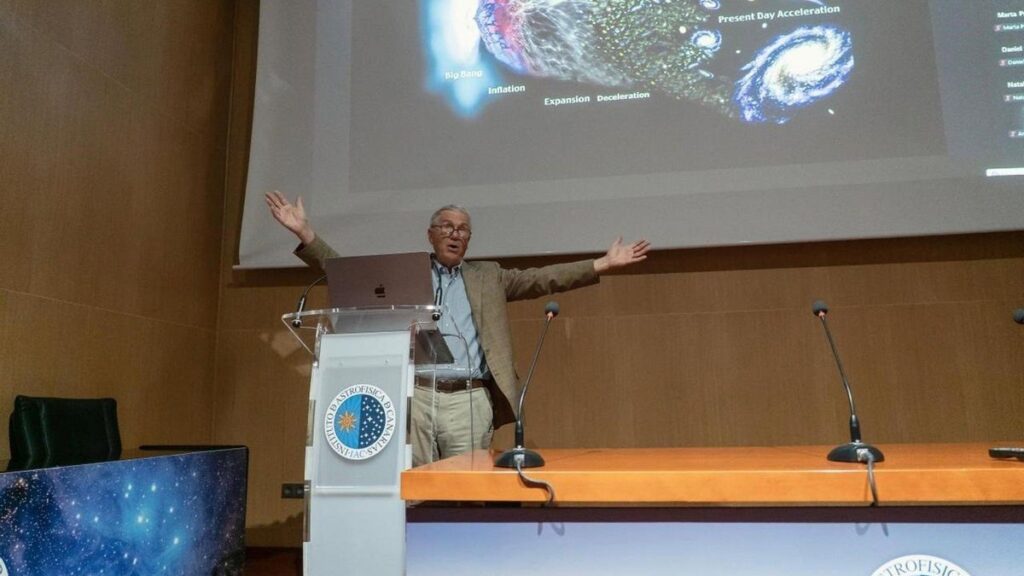A Giant Leap for Astronomy
Robert P. Kirshner, Executive Director of the Thirty Meter Telescope International Observatory (TIO), has announced that this new facility will be an essential tool for modern astrophysics. It will significantly advance the search for signs of life on exoplanets and enable groundbreaking studies of black holes and dark matter. Kirshner made these statements during a visit to the Canary Islands to participate in the ‘DiploInnova’ scientific cooperation meetings.
The Race to Host the World’s Largest Telescope
The Thirty Meter Telescope (TMT) is an ambitious international project to construct the largest optical and infrared telescope in the Northern Hemisphere. The location for this monumental undertaking is a subject of competition, with both the islands of Hawaii and La Palma in the Canary Islands vying to host it. Inspired by the legacy of the Keck Telescopes and the Gran Telescopio Canarias (GTC)—currently the largest operating optical-infrared telescope in the world—the TMT is already in an advanced stage. Key components, including the segments for its primary mirror and its support systems, are currently being designed and manufactured.
Unprecedented Vision into the Cosmos
During his presentation at the Instituto de Astrofísica de Canarias (IAC), where he was welcomed by the director, Valentín Martínez Pillet, and the deputy director, Eva Villaver, Kirshner emphasized the TMT’s revolutionary capabilities. He detailed that the telescope will possess unprecedented imaging power and sensitivity. “Thanks to its high-performance multi-conjugate adaptive optics, the TMT will achieve an angular resolution close to the physical limit of light diffraction, around 0.0055 arcseconds at 800 nm,” Kirshner explained.
Searching for Habitable Worlds and Dark Secrets
By combining unparalleled light-gathering power with extraordinary angular resolution, the TMT offers revolutionary potential for science. A key application will be the detection and characterization of exoplanets orbiting nearby stars. Through high-precision spectroscopy, it will allow scientists to study the atmospheres, chemical composition, and potential habitability of these distant worlds. Furthermore, the telescope will enable the observation of stellar populations in nearby galaxies with a detail that is currently impossible, analyzing their dynamics and chemical enrichment. It will also use imaging of extragalactic objects to explore the fundamental nature of dark matter and dark energy.
A Global Scientific Endeavor
Throughout his talk, Kirshner underscored that international cooperation is the cornerstone of such a monumental project. “International cooperation is essential to make projects of this magnitude a reality, and the TMT is an example of that shared vision,” he stated, highlighting the collaborative spirit driving this next great leap in our understanding of the universe.


